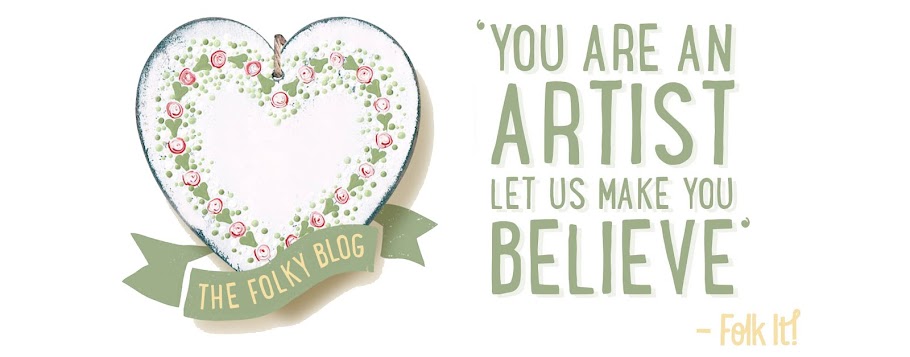As painters, we
have to understand a bit about colour to be able to use it successfully in our
work. At Folk It, we are never far from
a colour wheel and it is so fun to create our own to work with as we did
here.
Colour wheels
are a fantastic resource to help you to see which colours compliment each
other, which do not work together and allow you to create the perfect colour scheme
for your project. The first colour wheel
was created in the 1600’s and until recently, we thought colour charts such as
Pantone’s colour guide was created in the 1960’s.
That is why
this latest historical find is creating such a buzz around the world. When we
were emailed news of this amazing book, we were in awe. Erik Kwakkel,
a book historian, recently discovered ‘Traité des couleurs servant à la
peinture à l’eau’, or 'Treaty of Colors Used to Paint Water'.
 |
| A selection of pages from Boogert's book - he set each page out the same to display a vast range of colours, shades and tones. |
It turns out that a Dutch artist, known as A.
Boogert painstakingly created over 700 pages containing endless colours and hues. Not only that, but Boogert hand wrote explanations of how each colour could be created and how an artist can change tones by adding different amounts of water. For painters like ourselves, this book would have
been a goldmine of information, a reference like our colour wheels that would
never be far from our side.
 |
| The book is entirely handwritten by Boogert |
Believed to have been created around the early 1690’s, it was
certainly before its time. Maybe that is why it was never published, more likely, maybe it was just not possible to reproduce the book accurately. Now we are living in a world where resources
are so readily available it is difficult to imagine a time where such knowledge
and information did not exist. The thought of someone spending hours
cataloguing valuable information like this for no-one’s use but their own shows
a love of colour and a passion for art and painting that certainly has to be admired.
 |
| Each page is beautifully created - it is a work of art in itself. |
Thankfully, thanks to technology today, you can see the book for yourself, page by page, to
admire and appreciate this piece of artistic history and understand why it has created such a stir in the creative world. To read more about Kwakkel's discovery, you can visit his Tumblr account here.






















